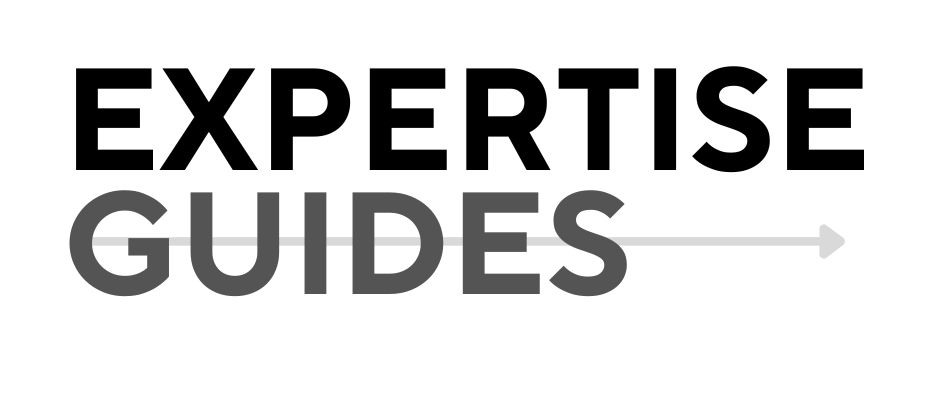Summary: Dive into diagnostic mastery for business coaches. Explore tools, exercises, and critical thinking to refine and enhance your coaching strategies.
Information Type: Workbook
The Business Coach’s Diagnostic Toolkit: A Hands-On Workbook
I. Introduction: Understanding Diagnostic Tools in Business Coaching
Imagine the satisfaction of unveiling a business’s hidden potential with pinpoint accuracy. Diagnostic tools are pivotal in this journey, offering structured insights that drive impactful coaching. These tools are not just checklists; they are transformative instruments that elevate coaching effectiveness by identifying strengths, weaknesses, opportunities, and threats within a business.
Reflect on your current diagnostic methods. How have they shaped your coaching journey?
II. Core Diagnostic Tools for Business Analysis
SWOT Analysis
A SWOT Analysis is a quintessential tool that helps dissect the internal and external elements affecting a business. By evaluating Strengths, Weaknesses, Opportunities, and Threats, coaches can craft strategies that leverage strengths and mitigate weaknesses.
Exercise: Conduct a SWOT analysis for a sample business you know well.
Value Chain Analysis
Understanding a business’s value chain offers insights into how each activity contributes to its competitive advantage. This analysis can reveal inefficiencies and highlight areas for improvement.
Exercise: Map a value chain for an industry your client operates in.
Critical Thinking Prompt: Reflect on SWOT and Value Chain analyses. What are their respective strengths and limitations? How do they complement each other in a business context?
III. Advanced Diagnostic Techniques
Balanced Scorecard
The Balanced Scorecard provides a framework for translating a company’s strategic vision into operational objectives. It encompasses financial metrics, customer perspectives, internal processes, and learning and growth metrics.
Exercise: Design a balanced scorecard for a hypothetical company you’re familiar with.
McKinsey 7S Framework
The McKinsey 7S Framework evaluates organizational effectiveness by examining seven interrelated elements: strategy, structure, systems, shared values, style, staff, and skills.
Exercise: Apply the 7S Framework to a recent client case. Identify areas of alignment and misalignment.
Interactive Discussion: Share your experiences with these tools in the comments. What challenges did you encounter, and how did you overcome them?
IV. Customizing Diagnostic Approaches
Tailoring diagnostic tools to specific industries and company sizes enhances their effectiveness. Combining multiple methods can provide a more comprehensive perspective.
Exercise: Develop a custom diagnostic approach for a unique business scenario you haven’t tackled before.
Critical Thinking Prompt: Consider the potential biases inherent in diagnostic tools. How might these biases affect your conclusions, and what steps can you take to mitigate them?
V. Implementing Insights and Measuring Impact
Translating diagnostic insights into actionable strategies is crucial for tangible improvement. Tracking the effectiveness of these strategies ensures continuous development.
Exercise: Create an action plan based on a diagnostic analysis you’ve conducted. Outline steps, assign responsibilities, and set timelines for implementation.
Reflection Question: How has engaging with this workbook changed your perception and application of business diagnostics?
By embracing these diagnostic tools, you elevate your coaching effectiveness and empower businesses to reach new heights. Let’s continue this journey together.
Follow me, share your thoughts, and spread the word on LinkedIn to foster a community of insightful business coaches and consultants.


